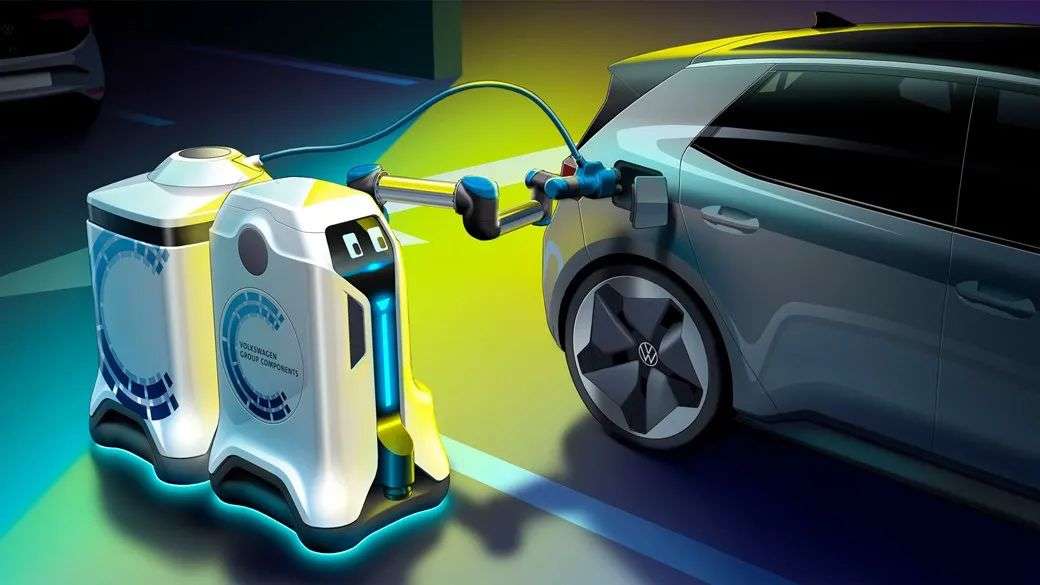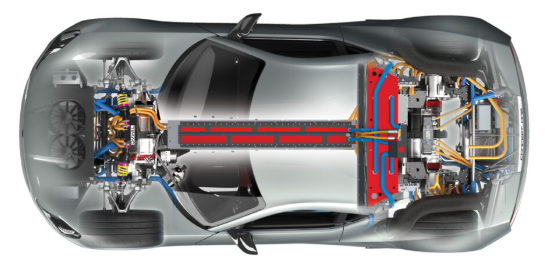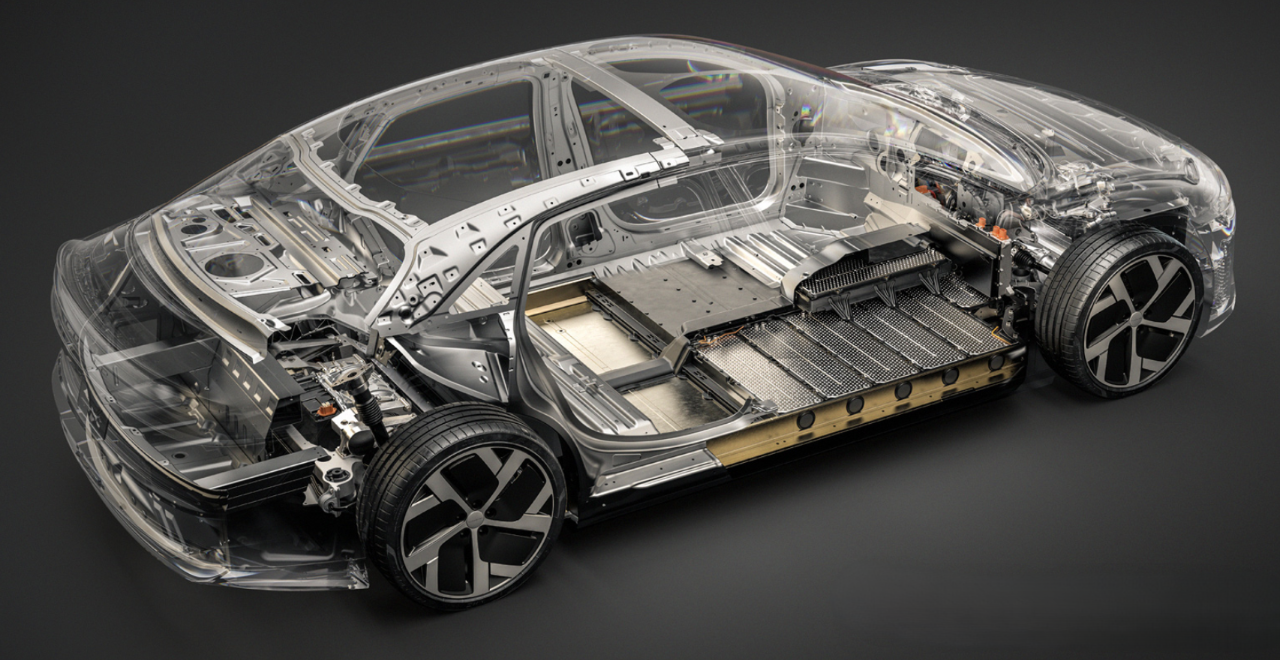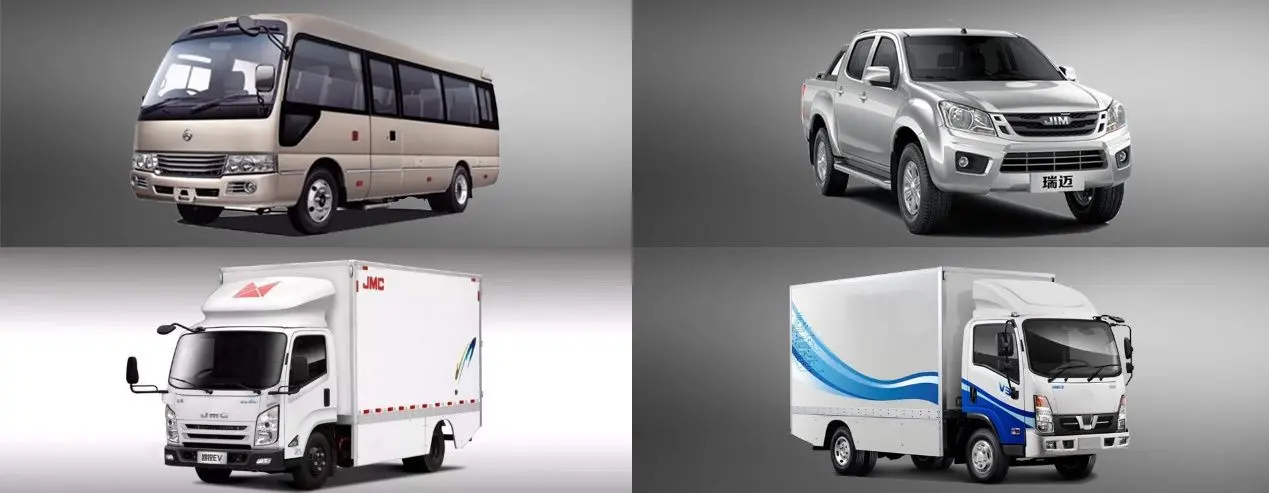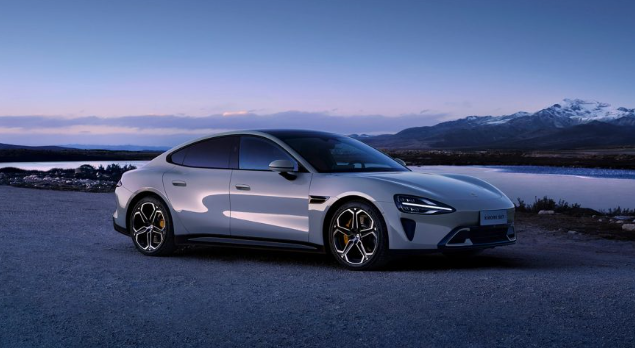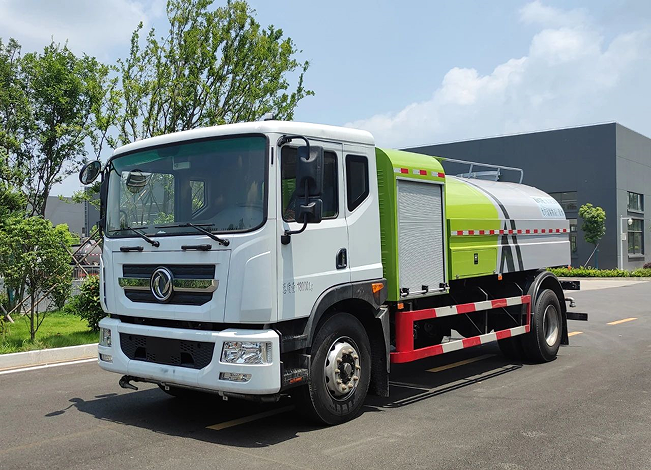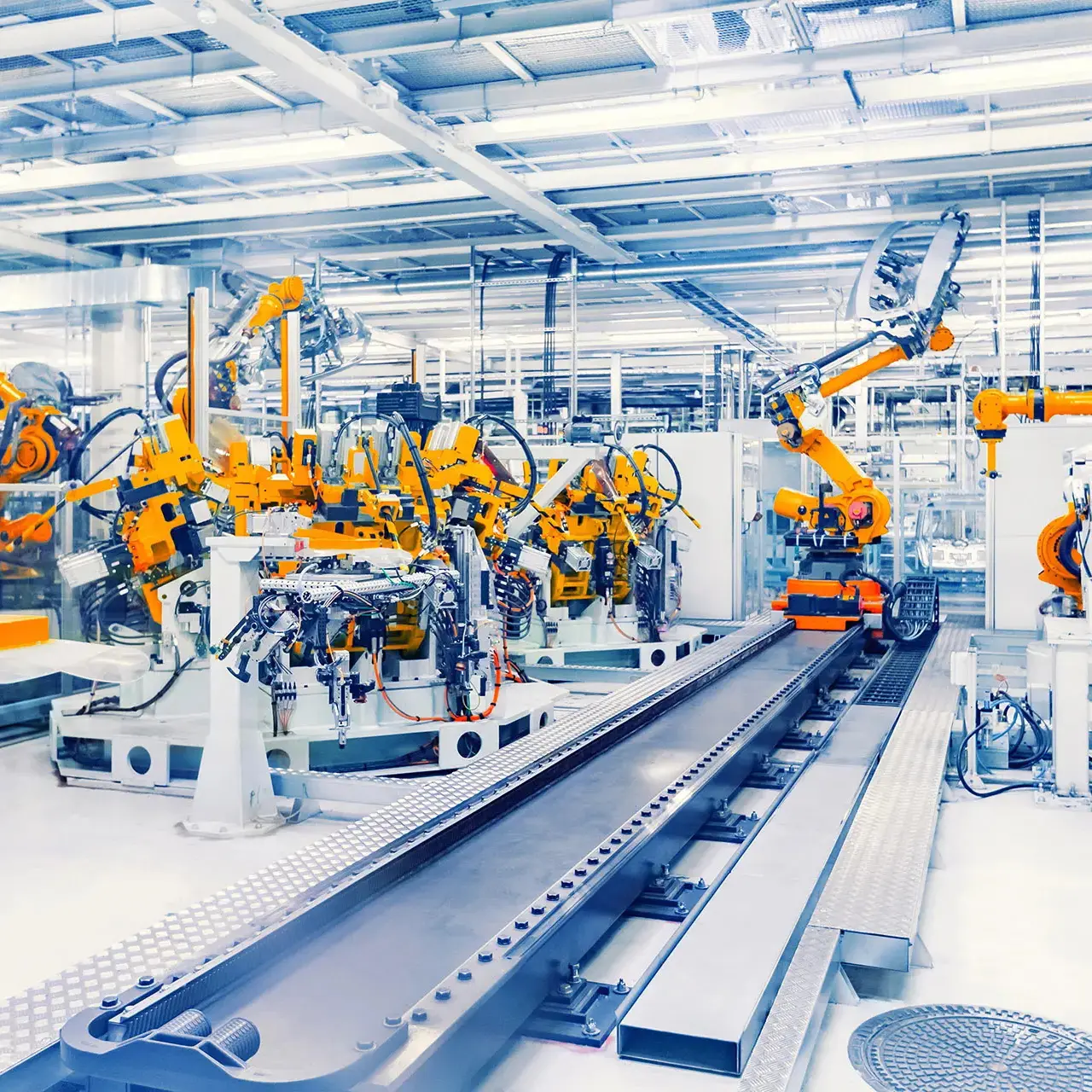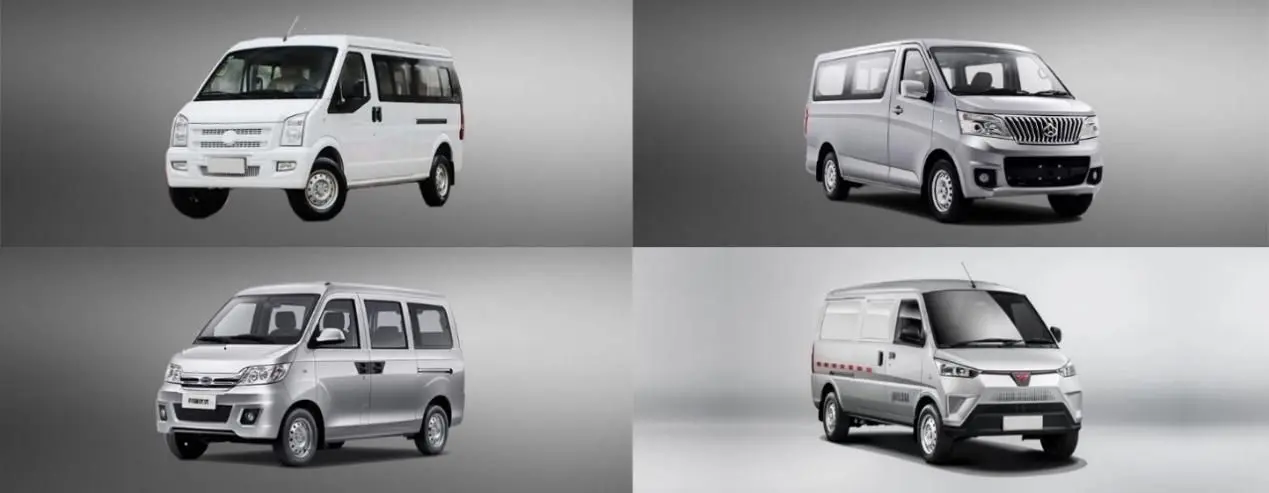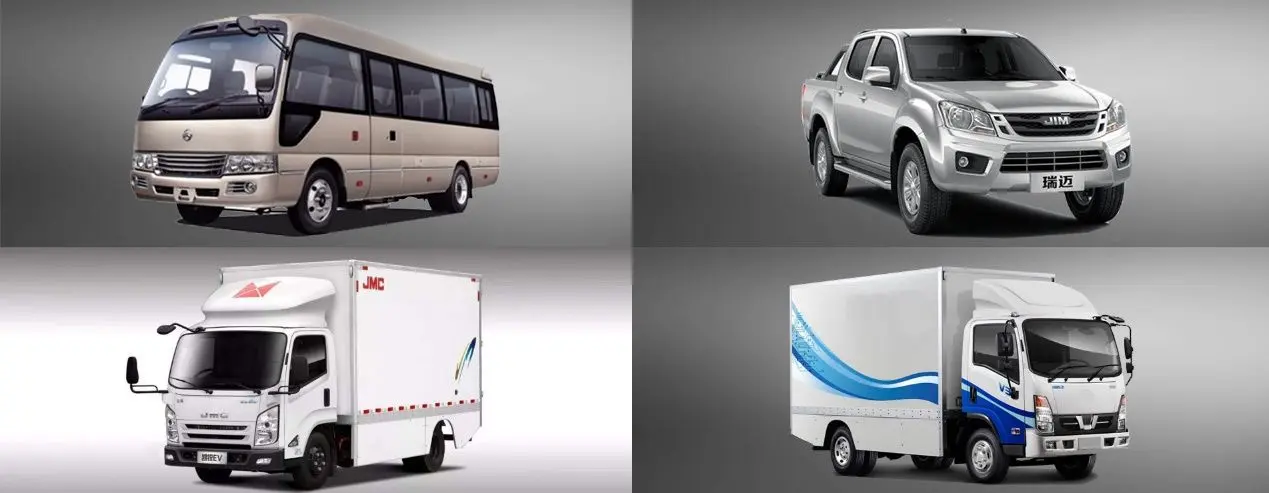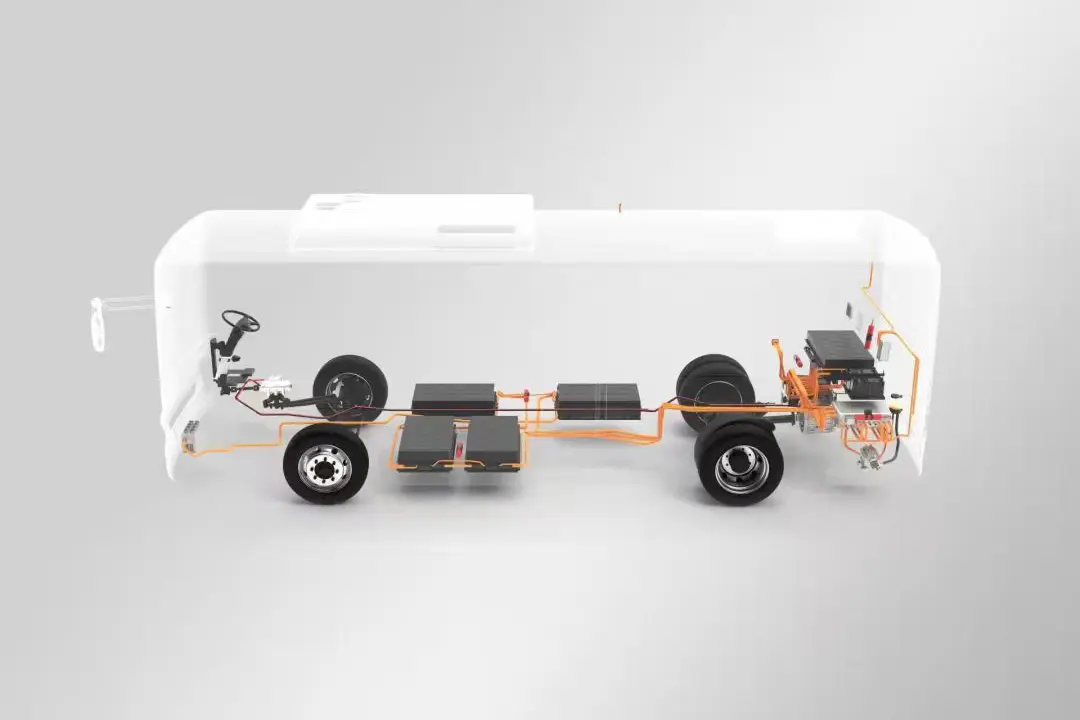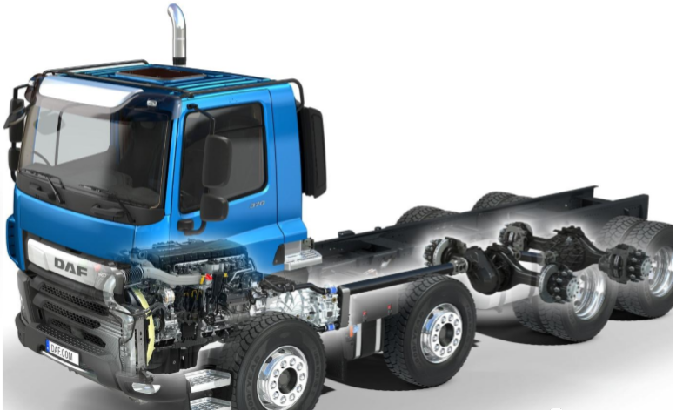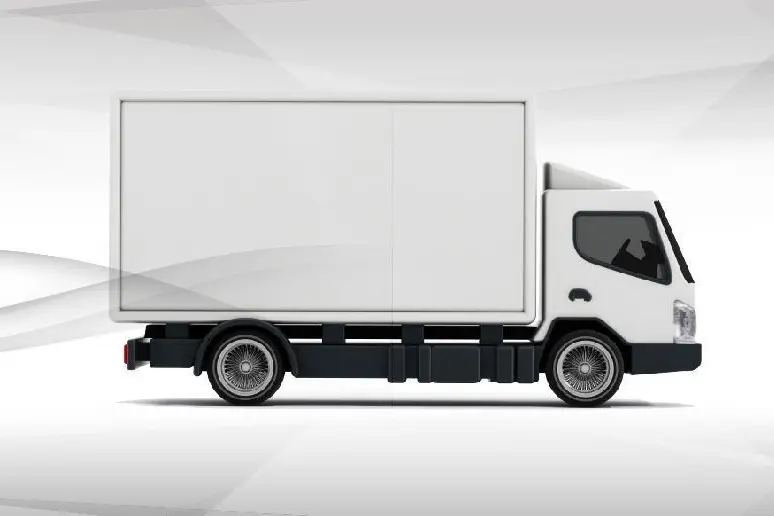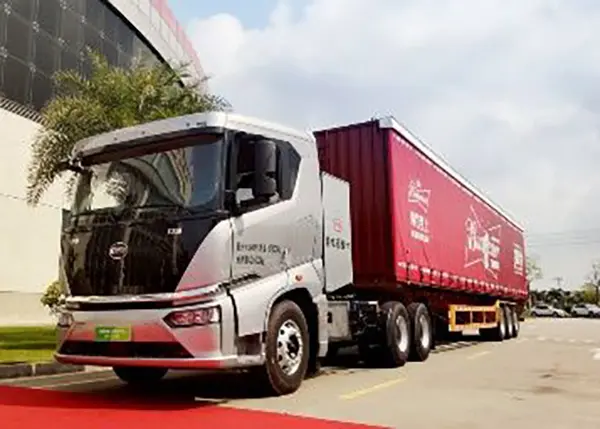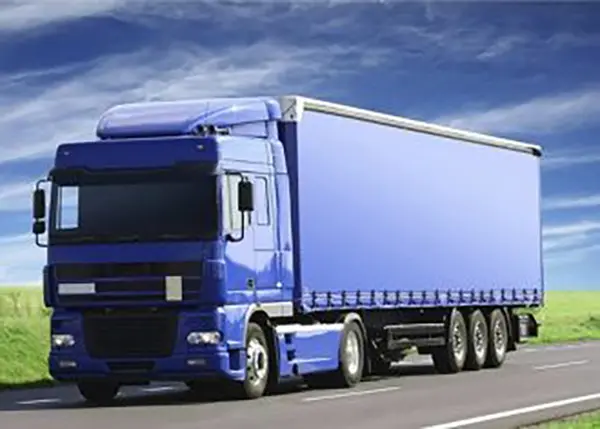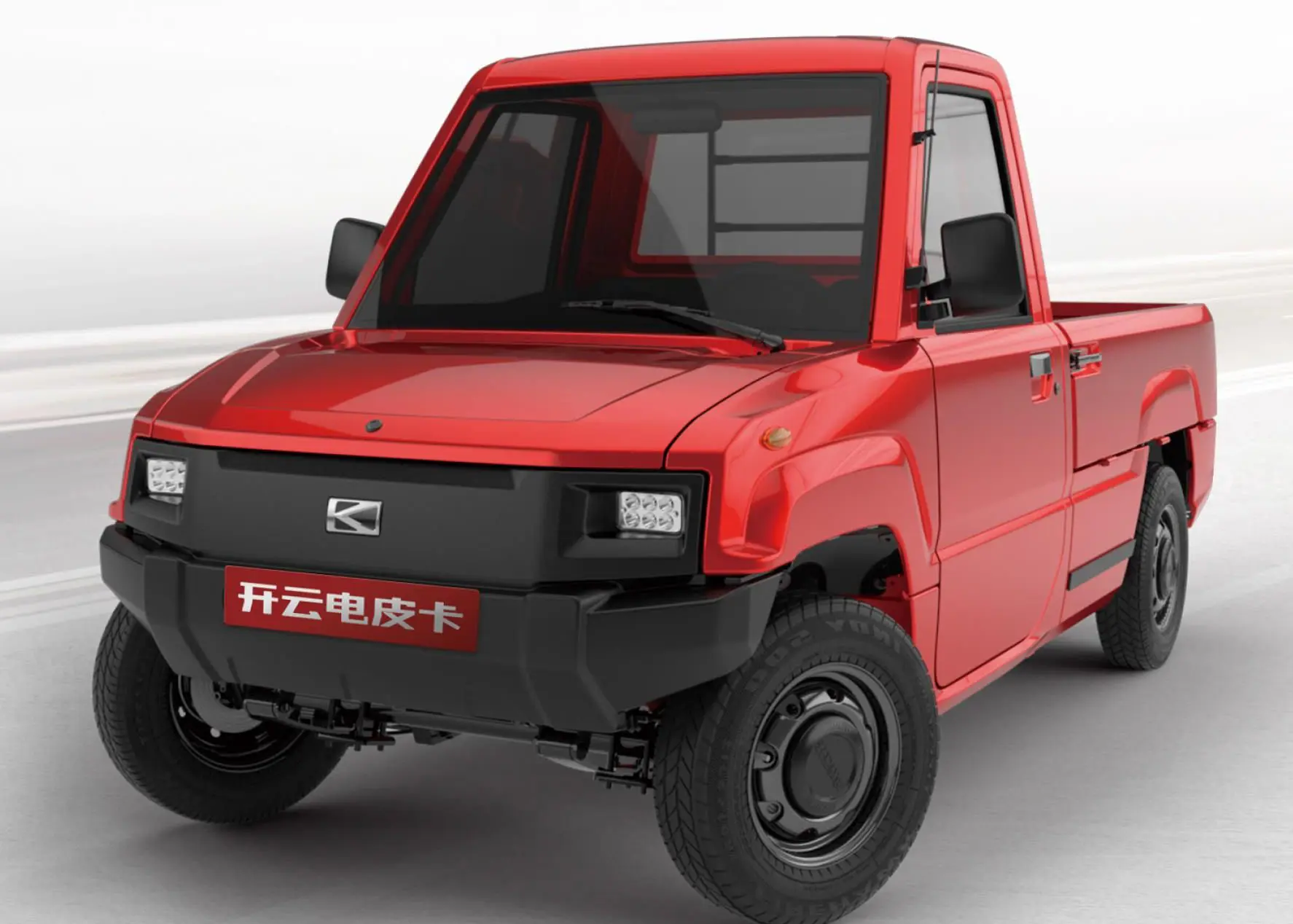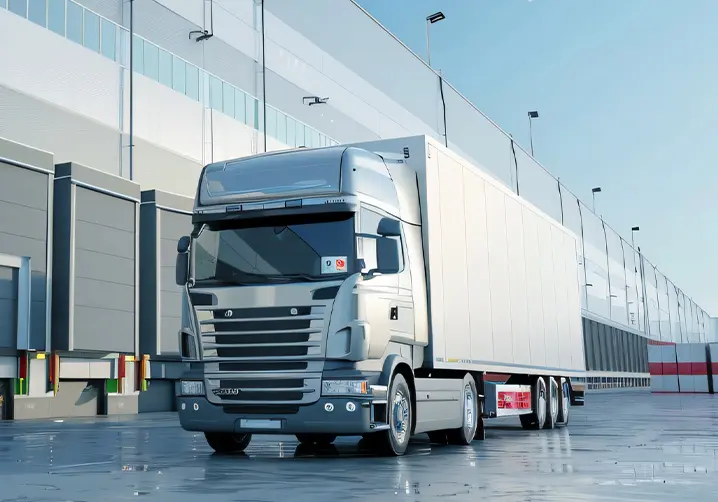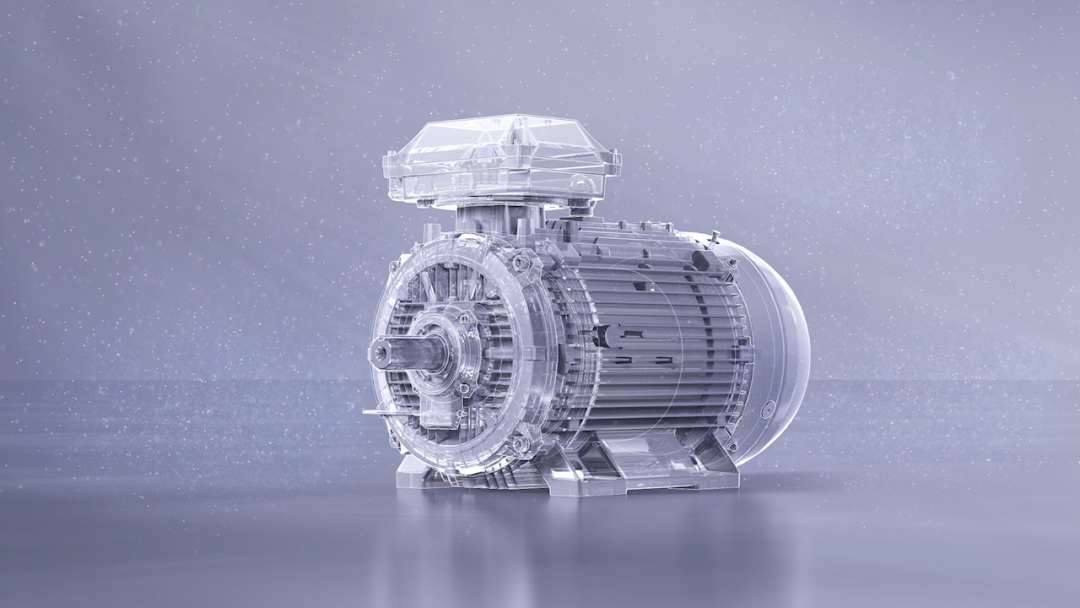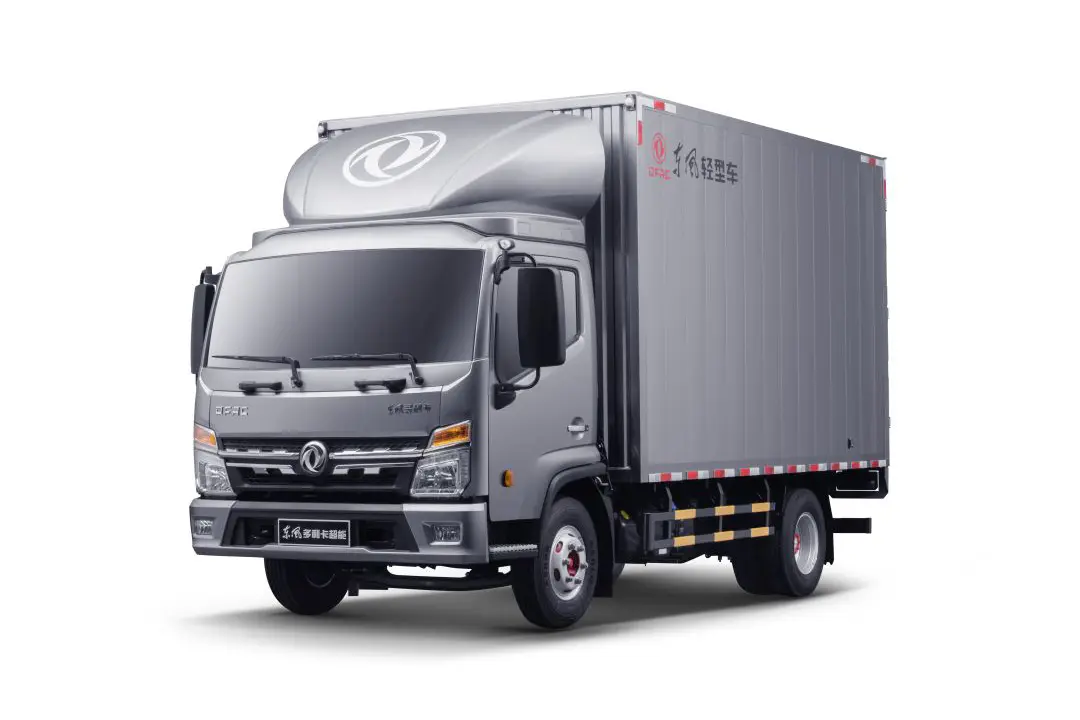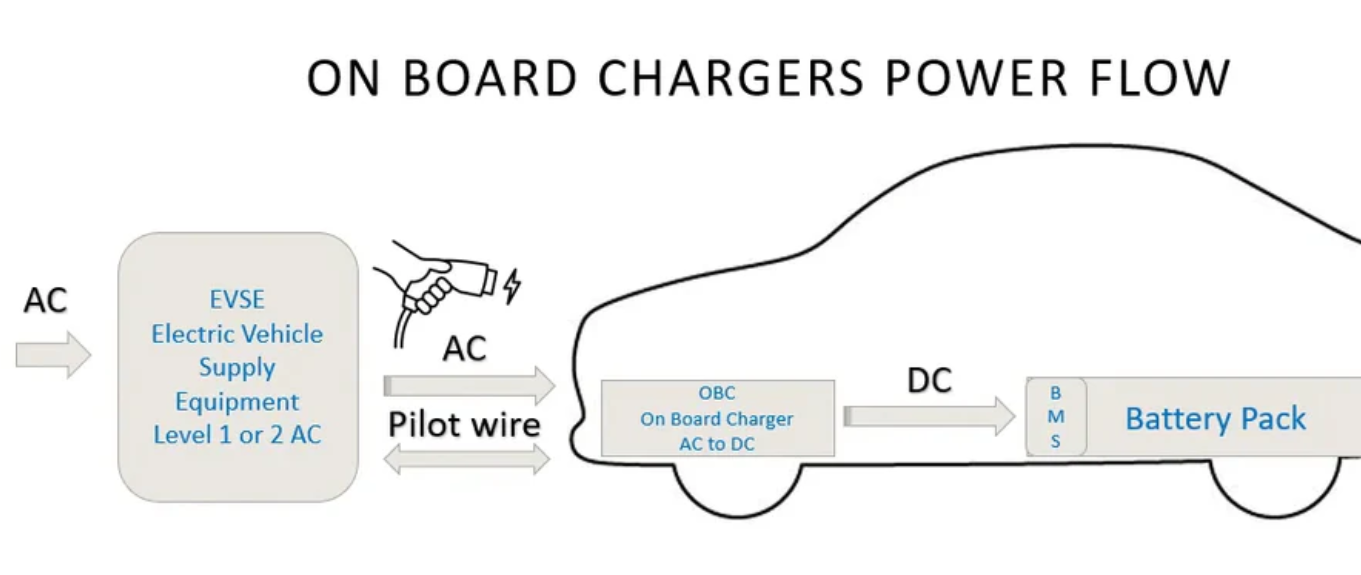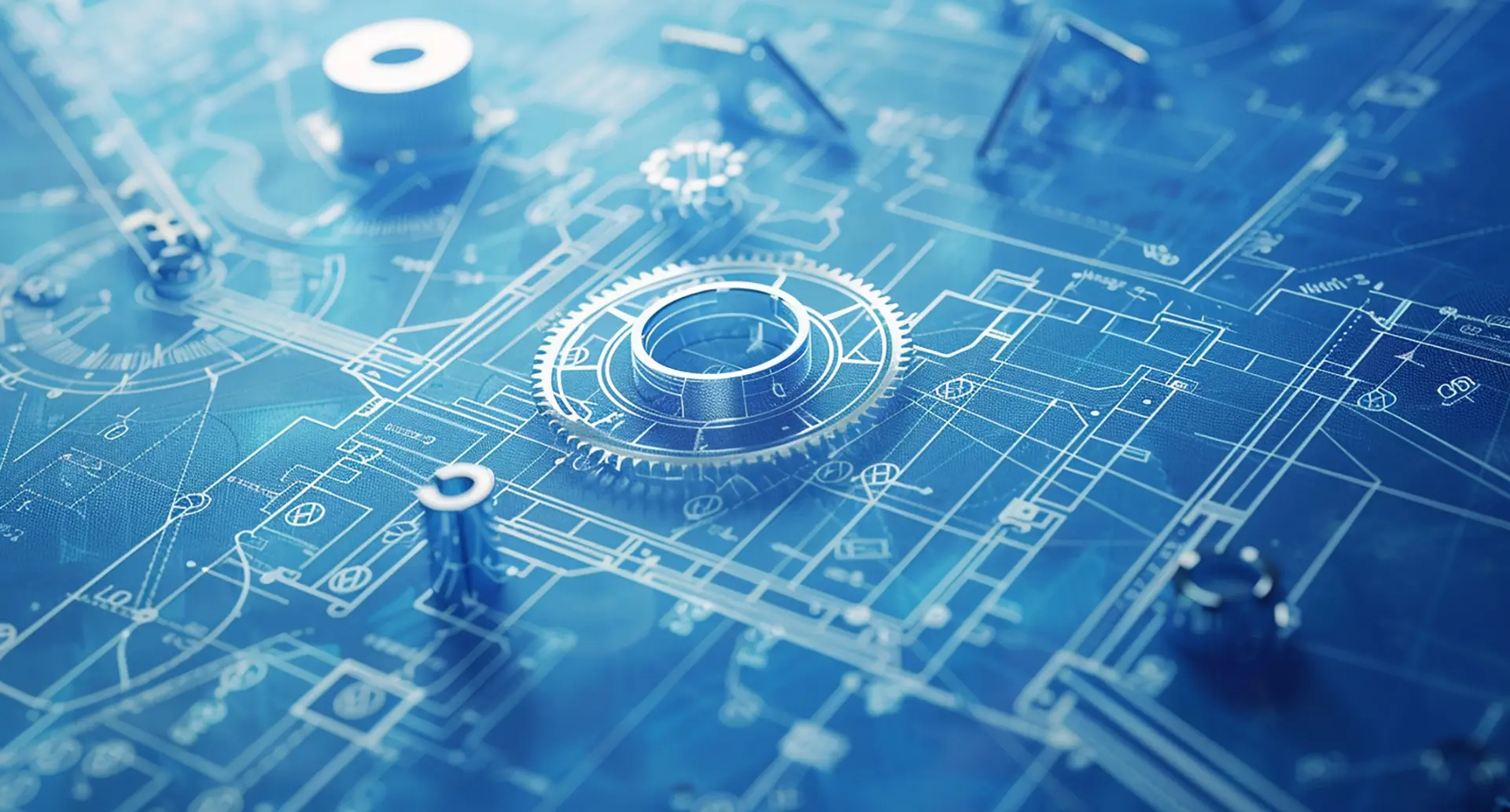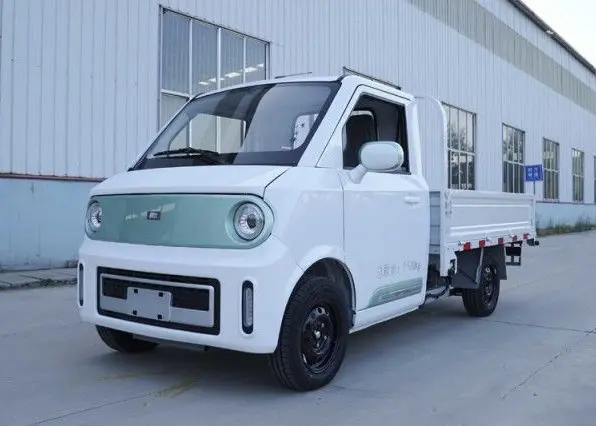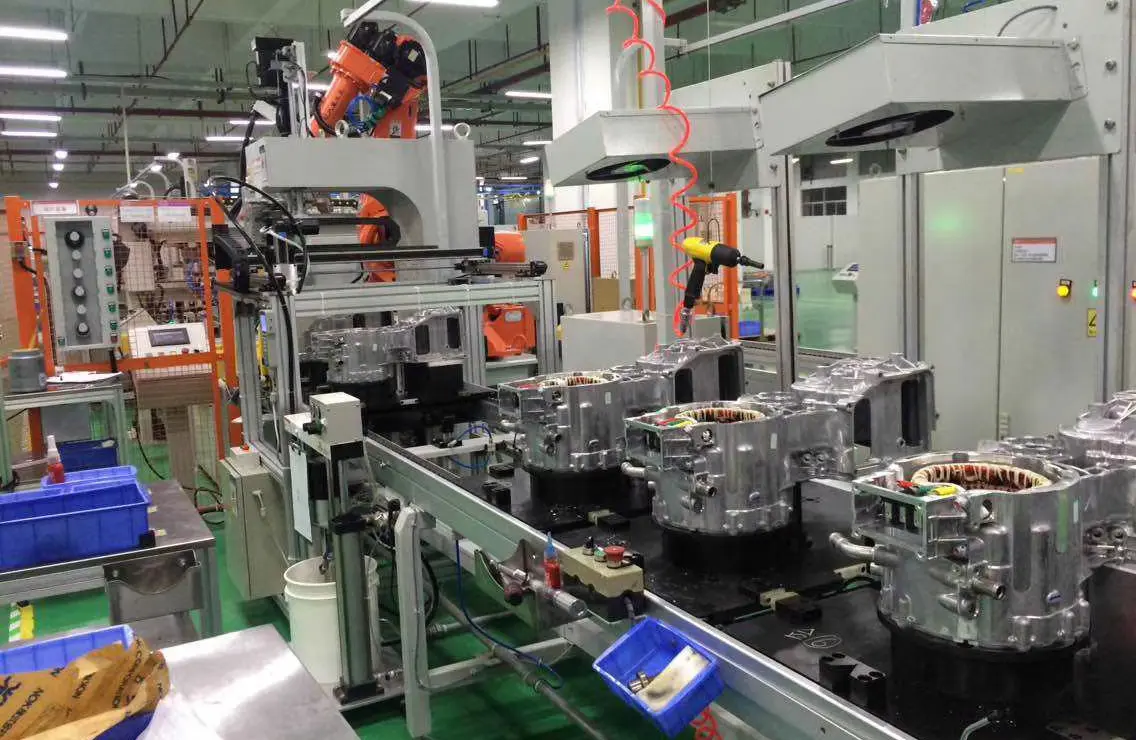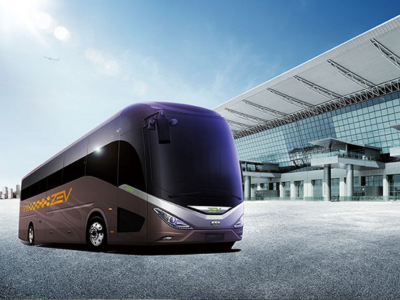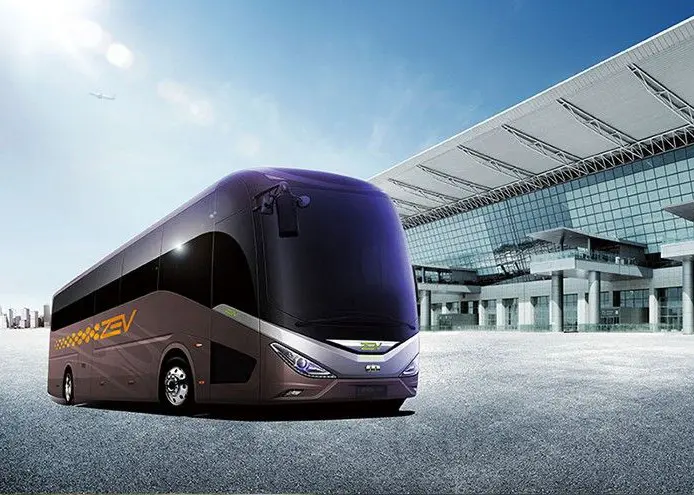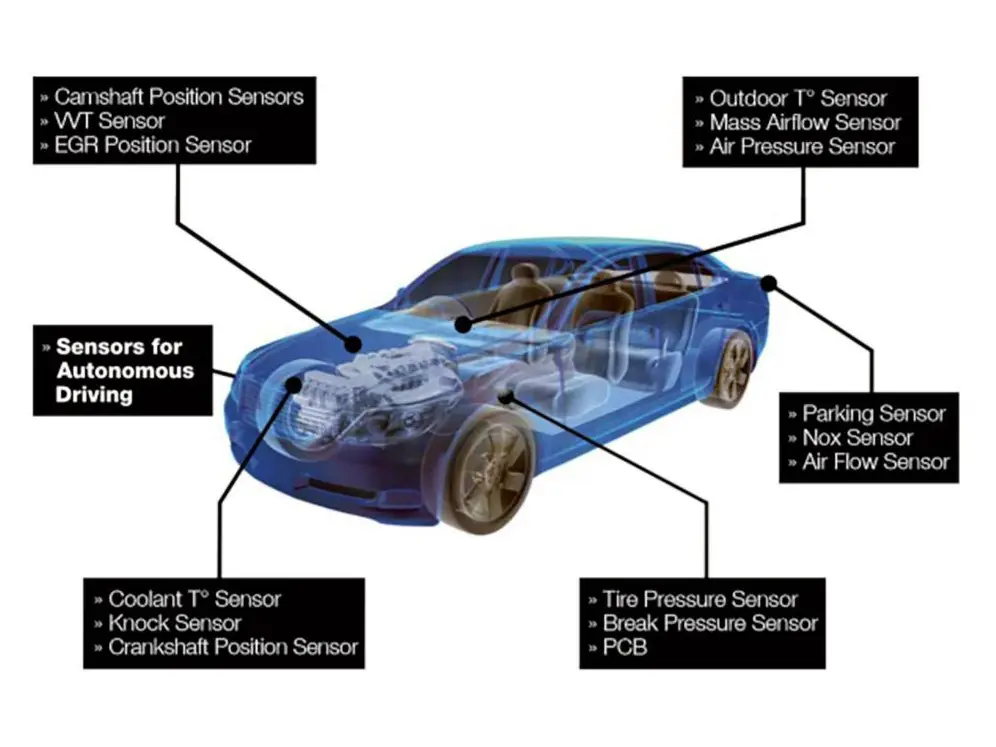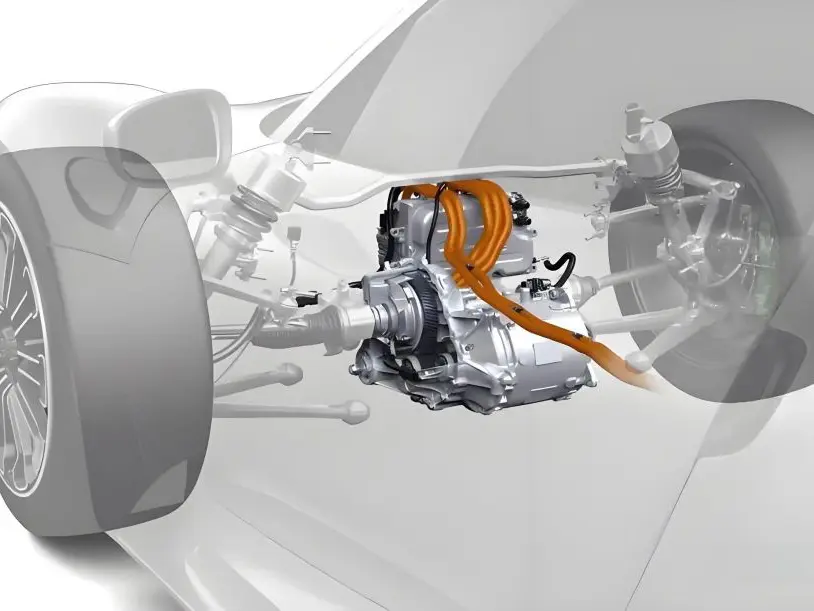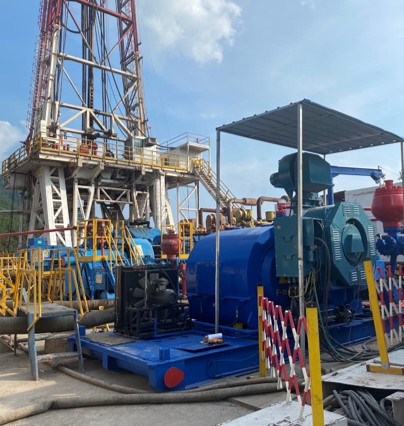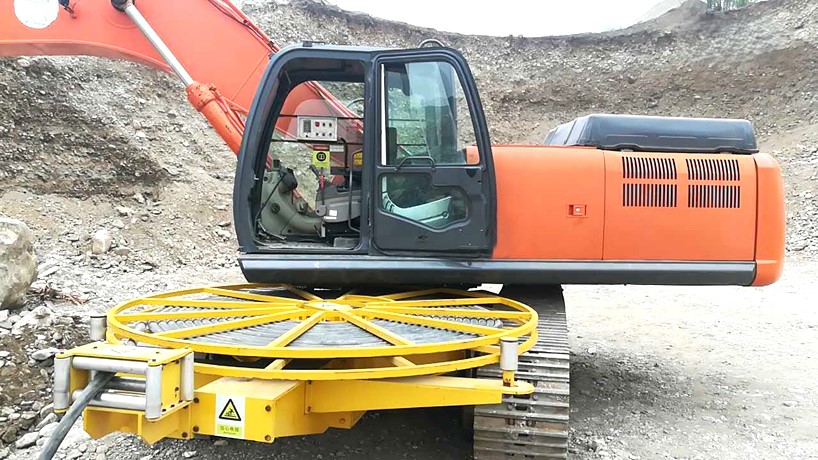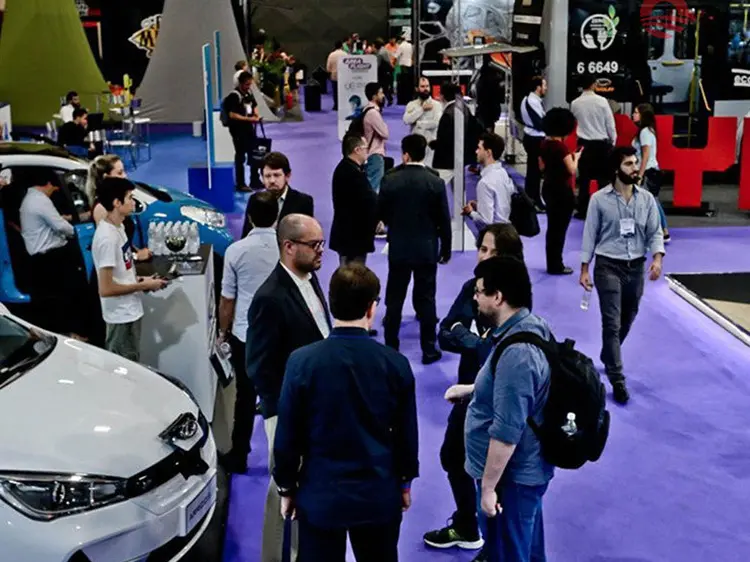The Ultimate Guide to Wheel Hub Electric Motor
Introduction
The automotive industry is undergoing a seismic shift as sustainability, efficiency, and innovation take center stage. Central to this evolution is the wheel hub electric motor, a game-changing technology that redefines how vehicles are powered and driven. Unlike traditional internal combustion engines or even centralized electric motors, wheel hub motors integrate directly into the wheels, eliminating many of the inefficiencies associated with conventional drivetrains.
This technology is not only reshaping passenger vehicles but also revolutionizing commercial transport, industrial machinery, and recreational vehicles. By placing the motor within the wheel itself, designers and engineers unlock a world of possibilities, including improved efficiency, independent wheel control, and greater design flexibility.
As the demand for electric vehicles (EVs) soars globally, the role of hub motors for cars becomes even more crucial. This guide will explore how these motors work, their benefits, applications, innovations, and their bright future in the automotive and industrial sectors.
How Wheel Hub Electric Motors Work
Understanding the mechanics of a wheel hub electric motor is essential to appreciate its revolutionary impact on vehicle design and performance. This technology integrates the motor directly into the wheel assembly, simplifying the drivetrain and enhancing efficiency.
Key Components of a Wheel Hub Electric Motor
- Stator:
The stator is the stationary component of the motor. It is typically made of copper windings, which create a magnetic field when electricity flows through them. The quality and configuration of these windings are crucial for optimizing the motor’s performance, ensuring efficient energy conversion. - Rotor:
The rotor is the rotating part of the motor, positioned within or around the stator. When the stator generates a magnetic field, the rotor interacts with this field, causing it to spin. This rotation directly translates into the wheel's motion. - Motor Housing:
Encasing both the stator and rotor, the motor housing protects these components from environmental elements such as dust, water, and debris. It also ensures the structural integrity and durability of the motor during operation. - Controller:
The controller acts as the brain of the motor. It regulates the flow of electricity to the stator, managing speed, torque, and overall power delivery. Modern controllers are highly advanced, incorporating algorithms that optimize performance and adapt to various driving conditions. - Brake System:
Many wheel hub motors include an integrated braking system, often with regenerative braking capabilities. This system not only provides stopping power but also captures kinetic energy during deceleration, converting it back into electrical energy to recharge the battery. - Working Principle
- The operation of a wheel hub electric motor begins with electricity supplied by the vehicle's battery. The controller channels this electricity into the stator, creating a magnetic field. This field interacts with the rotor, generating rotational motion. Since the rotor is directly connected to the wheel, the rotation propels the vehicle forward or backward, depending on the motor's input.
This direct drive mechanism eliminates the need for traditional drivetrain components like transmissions, axles, and differentials, resulting in a more compact and efficient system.
Control and Efficiency
Advanced motor controllers enable precise management of each wheel’s speed and torque. This independent control improves traction and stability, particularly in slippery or uneven conditions. It also allows for torque vectoring, where power distribution between wheels is adjusted dynamically to enhance handling and performance.
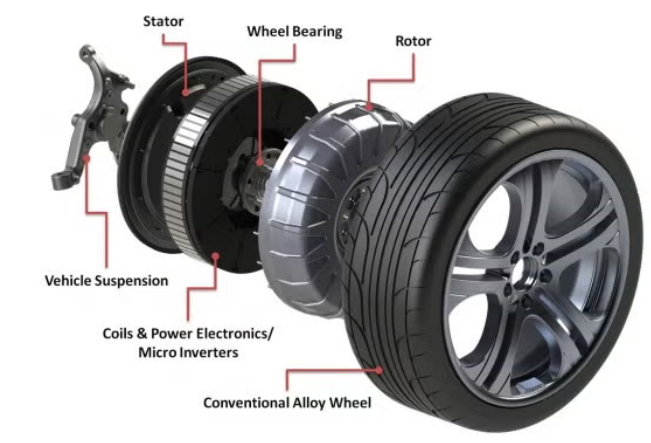
Technical requirements for in-wheel motor drives
Considering the complexity of the operating conditions of electric vehicles, and combined with the characteristics of the in-wheel motor drive mode, the technical requirements for in-wheel motors mainly include:
(1) Due to the limited weight of the automobile and the space of the hub, the hub motor is required to have a high torque density;
(2) In order to meet the requirements of fast starting, acceleration, climbing and frequent start and stop of the automobile, the in-wheel motor should have a very wide speed regulation range and strong anti-overload capacity, and can maintain high efficiency in a wide speed and torque working area;
(3) The in-wheel motor should be able to withstand the influence of high temperature, low temperature, severe vibration and changeable weather, and work normally in various harsh environments;
(4) Under a variety of complex driving conditions, the in-wheel motor should have strong anti-interference ability and high control accuracy. DC motors, induction motors, permanent magnet synchronous motors, and switched reluctance motors are all widely used in electric vehicle drive systems. Compared with other drive motors, permanent magnet synchronous motors have the advantages of small size, light weight, fast response and high efficiency. In addition, in addition to high power density, high torque density and high efficiency, permanent magnet synchronous motors also have unique weak magnetic expansion capabilities, and permanent magnet synchronous motors have been increasingly used in electric vehicle drive systems. Permanent magnet synchronous motors can meet the above technical requirements of in-wheel motors, therefore, permanent magnet synchronous motors are the best choice for in-wheel motors for electric vehicles.
Advantages of Wheel Hub Electric Motors
The rising adoption of hub motors for cars is a testament to their numerous benefits over traditional propulsion systems. These advantages span efficiency, design flexibility, and cost-effectiveness, making them a preferred choice in modern electric vehicles (EVs).
1. Improved Efficiency
Conventional drivetrains experience energy losses due to friction in components like transmissions, axles, and differentials. In contrast, wheel hub electric motors deliver power directly to the wheels, eliminating intermediary components and minimizing energy losses. This direct-drive approach significantly enhances overall efficiency, translating to improved vehicle range and performance.
2. Space Optimization
By integrating the motor directly into the wheel assembly, hub motors free up space previously occupied by bulky drivetrain components such as driveshafts and axles. This newfound space can be utilized for larger battery packs, increasing the vehicle’s range, or for optimizing interior layouts to accommodate more passengers or cargo. This feature is particularly advantageous for compact vehicles and electric buses.
3. Independent Wheel Control
Hub motors enable each wheel to operate independently, paving the way for advanced vehicle dynamics. One notable feature is torque vectoring, which allows for precise distribution of power to each wheel. This enhances cornering, stability, and overall handling, especially on uneven or slippery terrain. It also improves safety and performance in high-speed driving scenarios.
4. Cost Savings in Maintenance
With fewer moving parts compared to traditional drivetrains, hub motors reduce mechanical wear and tear. The absence of components like gearboxes, differentials, and complex axles simplifies maintenance and repairs. This not only lowers the overall cost of ownership but also increases vehicle reliability.
5. Lightweight Design
The elimination of heavy drivetrain components contributes to a lighter vehicle. A reduced weight means less energy is required for propulsion, further enhancing energy efficiency and vehicle range. This weight reduction also improves acceleration and braking performance.
6. Enhanced Maneuverability
Hub motors support innovative vehicle designs, such as four-wheel steering or zero-turn-radius capabilities. These features make vehicles more maneuverable in tight urban spaces, parking lots, and off-road environments, offering unmatched flexibility.
7. Quieter Operation
Electric motors are naturally quieter than internal combustion engines. With hub motors, noise and vibrations are isolated within the wheels, further reducing cabin noise. This results in a smoother and more serene driving experience, enhancing passenger comfort.
By combining these advantages, wheel hub electric motors are not just redefining vehicle efficiency and design but are also shaping the future of sustainable transportation.
Clutches, transmissions, propeller shafts, differentials and even transfer cases are essential for conventional vehicles, and these components are not only lightweight, but also make the structure of the vehicle more complex, and there are also problems with regular maintenance and failure rates. But in-wheel motors solve this problem very well.
In addition to being simpler in structure, vehicles driven by in-wheel motors can achieve better space utilization and much higher transmission efficiency
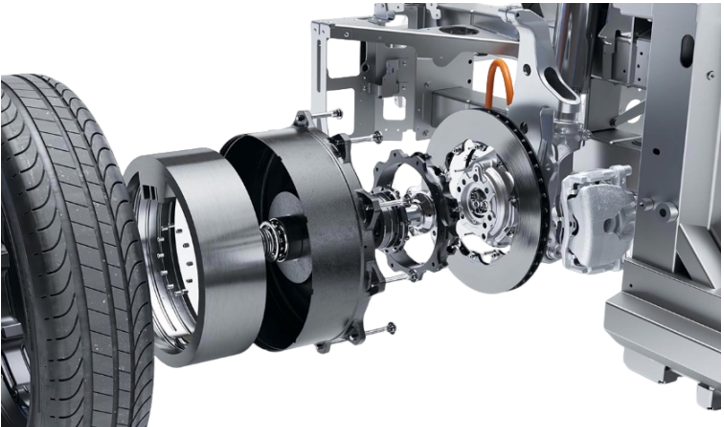
Applications of Wheel Hub Electric Motors
The versatility of wheel hub electric motors has led to their adoption in a wide range of industries and applications:
Passenger Cars
Electric vehicles (EVs) are the most prominent application of hub motors for cars. From compact city cars to high-performance luxury vehicles, hub motors are used to enhance efficiency, handling, and design flexibility.
Public Transportation
Electric buses and shuttles are increasingly utilizing hub motors for their quiet operation and energy efficiency. The reduced maintenance requirements and improved passenger comfort make them ideal for urban transit systems.
Commercial Vehicles
Delivery vans, light-duty trucks, and other commercial vehicles benefit from the compact design of hub motors, allowing for increased cargo capacity without sacrificing performance.
Recreational Vehicles
Hub motors power a variety of recreational vehicles, including electric scooters, bicycles, and all-terrain vehicles (ATVs). These motors offer reliability, compactness, and ease of integration.
Industrial Machinery
In factories and warehouses, hub motors are used in autonomous forklifts, robotic platforms, and other machinery, providing precise control and high efficiency.
Military and Defense
Hub motors are being explored for military applications due to their ability to provide silent operation and increased mobility for vehicles in rugged terrains.
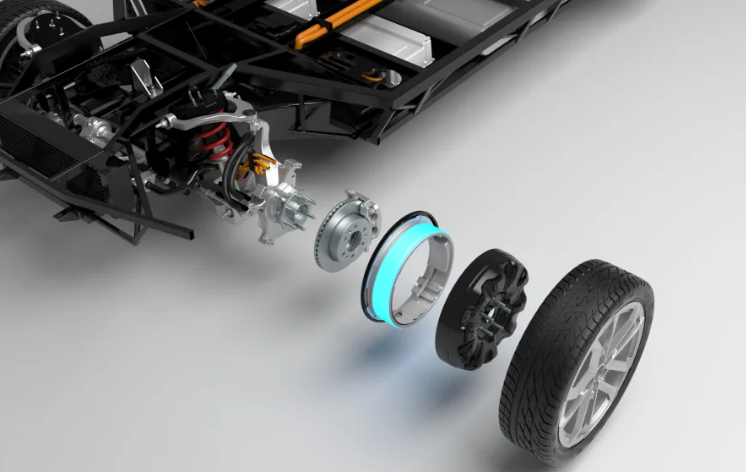
The development trend of in-wheel motor drive technology
(1) Lightweight.
The hub-driven electric vehicle drive system is composed of in-wheel motors, brakes, rims, hubs, tires, transmissions and bearings, and each component can be lightweighted by means of size optimization, structural optimization and new material selection. The lightweight of in-wheel motors can be achieved by improving power density and optimizing the design of motor structure.
(2) Integration.
In order to make the in-wheel motor drive technology effectively applied to electric vehicles, it is necessary to transform the existing electric vehicle chassis on the basis of it, adjust the suspension structure and parameters of the whole vehicle, integrate the in-wheel motor and the suspension, maintain the proportion of sprung load mass and non-sprung mass, and develop an automobile chassis suitable for in-wheel motors, so as to give full play to and reflect the superiority of in-wheel motors. The integrated in-wheel motor drive system that integrates key components such as wheels and in-wheel motors is a key technology that needs to be studied in the future.
(3) In-wheel motor cooling technology.
The operating conditions of electric vehicles are complex and changeable, and the in-wheel motor is installed in narrow wheels, which is prone to insufficient cooling and overheating of the motor. When the car brakes, the brakes generate more heat, and the heat will be transferred directly to the motor, causing the motor to overheat. When the permanent magnet material reaches more than 140 °C, it will lead to demagnetization, which will directly affect the performance of the whole vehicle. At present, the in-wheel motor cooling system is not perfect enough, and a suitable in-wheel motor cooling system is developed to cool the rotor and stator by means of air cooling and water cooling, so as to avoid the demagnetization of permanent magnet materials.
(4) Demagnetization suppression technology of permanent magnet materials.
The permanent magnet in-wheel motor with high energy density represents the development direction of in-wheel motor in the future. In addition to thermal demagnetization, permanent magnet in-wheel motors can also demagnetize under high-intensity vibration conditions, which is determined by the permanent magnet material. The development of permanent magnet materials that are resistant to shock and vibration and the demagnetization of permanent magnet in-wheel motors to a large extent are the focus of future research.
(5) Torque ripple suppression technology.
It solves the torque ripple problem of the in-wheel motor under the multi-field coupling effect of electromagnetism, temperature, stress, etc., corrects and compensates the motor parameters, reduces the torque fluctuation of the motor, improves the speed and torque control accuracy of the in-wheel motor, and improves the control performance of the in-wheel motor. The application of in-wheel motor drive technology in different types of automobiles is increasing, and improving the coordinated control performance of speed and torque between multiple in-wheel motors in different operating environments and different working conditions is the development direction of in-wheel motor drive technology in the future.
(6) Electronic differential control technology.
Due to the cancellation of the mechanical transmission part of the traditional vehicle, the in-wheel motor directly drives the vehicle to drive, and when the speed exceeds a certain value, the car will have obvious instability. At present, the electronic differential control technology at home and abroad is still in the initial accumulation stage, which requires that the electronic differential control technology of the hub motor must be tackled, so that the electronic differential technology level exceeds the traditional mechanical differential.
(7) Sensorless control technology.
Although the rotor information of the in-wheel motor can be easily and accurately obtained through mechanical sensors, the moment of inertia of the rotor is also increased. In addition, mechanical sensors not only have defects such as poor sensor sensitivity and inaccurate installation caused by commutation errors under harsh working conditions, but also increase system costs and maintenance difficulties. Traditional mechanical sensors can no longer meet the requirements of precise control of speed and torque of permanent magnet in-wheel motors. In recent years, with the development of motor technology and the continuous improvement of sensorless control technology, sensorless control of in-wheel motor for electric vehicles will inevitably become the development direction of in-wheel motor drive technology.
(8) Coordinated control technology.
Wheel hub motors are applied to vehicles in pairs (at least 1 pair), which not only requires the performance of the symmetrical hub motors on the left and right sides of the body, but also requires that the torque of multiple motors can be synchronized and coordinated to ensure the safe driving of the vehicle under various driving conditions. In addition, the vibration acceleration of the in-wheel motor is large, and in order to prolong the service life of the in-wheel motor, it should have good durability.
(9) intellectualize.
With the development of intelligent networked vehicle technology, the environmental perception ability of new energy vehicles has been continuously enhanced, and the control algorithm has been continuously improved. This development trend will inevitably force the key technologies of in-wheel motor drive system (such as speed adjustment, torque distribution, brake control, electronic differential control, energy management control strategy, cooling system control, bus control, etc.) to develop in the direction of intelligence, electronics and informatization.
(10) Low cost.
In new energy vehicles, in-wheel motors subvert the power system of traditional automobiles and are a new driving method. From a research point of view, in-wheel motors make people very optimistic about the development of future drive technology, but due to their high cost, the large-scale commercial application of in-wheel motor drive technology has not yet been realized. Therefore, reducing the cost of in-wheel motor drive technology will certainly enhance the market competitiveness of this technology.
Future of Wheel Hub Electric Motors
Energy and environmental problems are highlighted, electric vehicles have become the strategic focus of the automotive industry in all countries around the world, and high-quality in-wheel motors and their control systems are important research directions and hotspots in the field of electrical engineering at home and abroad, and have become an important development direction for the development of electric vehicles because of their obvious advantages. At present, the in-wheel motor has been successful in electric vehicles, and it is foreseeable that with the continuous deepening of research and development, the continuous improvement of in-wheel motor performance, and the breakthrough of battery technology, power control system and vehicle energy management system and other related technologies, in-wheel motors will be widely used in electric vehicles.
1. Autonomous Vehicles
As autonomous vehicles become mainstream, hub motors will play a pivotal role in providing precise control and flexibility for advanced navigation systems.
2. Heavy-Duty Applications
Advances in power density and durability are paving the way for hub motors in heavy-duty applications, including electric trucks and buses.
3. Global Market Expansion
The adoption of electric vehicles is growing rapidly in emerging markets. Affordable hub motor designs will be key to driving this expansion.
4. Focus on Sustainability
Future hub motors will emphasize the use of recyclable materials and energy-efficient manufacturing processes, aligning with global sustainability goals.
5. Customization and Personalization
As EVs become more prevalent, hub motors will offer customization options for power output, size, and integration, catering to diverse consumer needs.
6. Collaboration with Renewable Energy
Integrating hub motors with renewable energy sources, such as solar panels on vehicles, will further enhance their sustainability and efficiency.

In-wheel motors present new technical challenges, including:
(1) The in-wheel motor system integrates various functions such as drive, braking, and load-bearing, and it is difficult to optimize the design;
(2) The internal space of the wheel is limited, which has high requirements for the power density performance of the motor and is difficult to design;
(3) The integration of the motor and the wheel leads to a large unsprung mass, which deteriorates the vibration isolation performance of the suspension and affects the handling and safety of the vehicle under uneven road conditions. At the same time, the in-wheel motor will bear a large road impact load, and the motor has strict requirements for vibration resistance;
(4) The overheating and burning of the hub motor caused by insufficient cooling is prone to occur under the condition of large load and low-speed climbing long slope, and the heat dissipation and forced cooling of the motor need to be paid attention to;
(5) Water and dirt at the wheel part are easy to collect, resulting in corrosion and damage of the motor, and the reliability of the life is affected;
(6) The fluctuation of the operating torque of the in-wheel motor may cause vibration and noise of automobile tires, suspension and steering system, as well as other vehicle sound and vibration problems.
The application of in-wheel motor in electric vehicles can not only realize the effect of small horse-drawn carts and improve motor drive efficiency, but also greatly simplify the mechanical transmission mechanism, reduce the weight of the whole vehicle, reduce its transmission and additional losses, that is, reduce costs, also save energy and reduce noise, and as a high-end car adopts four-wheel drive, it can further improve the dynamic response of wheel control, and it is easier to realize various performance optimization measures that are difficult to implement in traditional cars through microcomputer control, so as to improve handling and safety. In this way, the performance indicators and cost performance of energy-saving and environmentally friendly electric micro-cars can be comprehensively improved, so that they can meet the requirements of universal commercialization, and play an excellent role in promoting electric vehicles and energy conservation and emission reduction.
Through a comprehensive analysis of the characteristics of various driving conditions such as vehicle starting, acceleration, climbing, downhill, high speed, low speed, coasting, speed reduction, braking and stopping, six performance requirements of electric vehicles for drive motors are summarized:
1. It has a large starting torque and a considerable short-term overload capacity to meet the requirements of the car when starting, accelerating and going uphill;
2. Improve the starting characteristics of the motor to avoid excessive starting peak current damaging the battery;
3. It has a wide range of speed regulation and ideal speed regulation characteristics to meet the driving requirements of various working conditions of high and low speed of automobiles;
4. The motor is required to rotate forward and backward to simplify the car reversing mechanism; 5. The motor needs to be able to easily and effectively realize power generation feedback, and automatically feed back the kinetic energy of the car during deceleration braking and downhill to the battery, so as to save energy and improve the driving range;
6. Try to use electromagnetic suction to make the stator and rotor of the motor attract each other to achieve electromagnetic braking, avoid the thermal decay and water decay of mechanical braking, and improve the electromagnetic braking function to shorten the braking time, and improve the braking efficiency and constancy of the automobile in frequent start and stop operation.
According to the above analysis, it is concluded that electric vehicles not only have good speed regulation performance for their in-wheel motors, but also require three functions at the same time: electric, power generation feedback and electromagnetic braking. Through the analysis and comparison of the structural principles and characteristics of DC, AC, permanent magnet brushless, variable reluctance and other types of speed regulating motors, because the variable reluctance double salient pole motor has the advantages of simple structure, solid and reliable, low manufacturing cost, good speed regulation performance and high efficiency, it can run in the four quadrants of forward and reverse electric and power generation, which is an emerging typical mechatronics device. And it has high starting torque and low starting current, which is especially suitable for automobile starting and battery driving characteristics. In order to make the three functions of electric, power generation and braking play well and effectively at the same time, the variable reluctance double salient pole motor is first determined as its basic structural form.
In order to meet the multi-functional requirements of the motor, the motor model was made, the operation was repeatedly simulated and the design was improved, and finally a series of improvement measures such as the relative width of the double salient tooth and the groove of the motor and the spatial layout of its winding were cleverly and reasonably arranged, so as to improve and take into account the better play of the three functions of electric, power generation and braking. In order to illustrate the idea and basic principle of the improvement of the motor, it is necessary to explain the structural principle of the existing variable reluctance double salient pole motor.
Variable reluctance double salient pole motors mainly refer to switched reluctance SRM motors and double salient permanent magnet DSPM motors. The structural principle of variable reluctance double salient pole motor has been introduced in detail in many monographs, and it will not be repeated here due to space limitations, but it is necessary to further analyze and put forward its improvement ideas with the help of the derived theoretical formula and its conclusion.
In short, in order to take into account the two functions of electric and braking, the design principles of the motor are: by reducing the number of phases and reducing the relative width of the groove, the width of the salient tooth is increased to improve its electromagnetic braking torque; By increasing the number of poles, the torque fluctuation during electric power is reduced, i.e., the step angle is reduced. In addition, it is also possible to reduce the step angle by changing the number of operating beats or by using a subdivision drive circuit for synchronous feed motors.

Conclusion
The wheel hub electric motor is more than just an innovative technology; it represents a paradigm shift in how we think about mobility. By simplifying the drivetrain, enhancing efficiency, and enabling new design possibilities, hub motors are setting the stage for a future dominated by electric vehicles.
As we move towards a more sustainable and electrified world, hub motors for cars will play a critical role in transforming the automotive landscape. From urban EVs to industrial machinery, their applications are vast and varied. With ongoing advancements and growing adoption, the future of wheel hub electric motors is bright, promising cleaner, smarter, and more efficient transportation for all. By embracing this technology, we are not just advancing vehicles but also driving towards a greener, more innovative future.
Read More: Overview on Electric Vehicle Charge Controller










